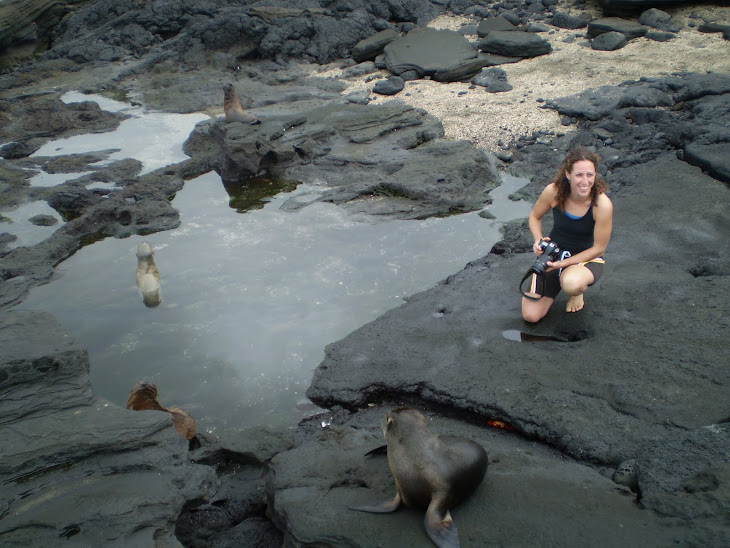
Fisher Price and FIFA would be happy enterprises if they could see what I could. Seven little pandas are bouncing around after their morning meal of bamboo, apples, and carrots, and chucking around a soccer ball and tripping over plastic toys. The pandas tug at the workers in their enclosure thinking they may be walking bamboo, and alas discover these two-legged animals are barely edible. Some pandas in a corner are engaged in a tug of war with a large bamboo shoot, while others roll over, around, and fall head over heels from a wooden platform built just for that purpose.

Later in the morning, some of my clients have opted to pay for an exclusive encounter session where they are allowed to enter an enclosure with juvenile panda bears. I am also allowed in as their photographer and before I know it little panda bears are wondering if I am walking bamboo too. While maximizing photo opportunities for my clients, I am nearly toppled over by a couple of pandas who have snuck up on me to wrap themselves around my leg. It is an unbelievable experience to feel the strength of a little bear as it wraps itself tightly around in hopes that I might taste good or maybe just pat down the coarseness of its fur. It is hard to know what the young bears are actually after, but the title of panda kindergarten is certainly well deserved. Without the distraction of an apple, the young bears seem inexhaustible in their energy levels and it is really a shame they are likely to never experience the wild as their true home.
As one of the world’s most elusive animals in their natural habitat, it is almost impossible to see a wild panda bear, and even more unlikely to ever release a captive bear to the natural world. Although designed for a solitary life, the bears of the breeding program grow up together as their habitats are not secure and release sites are far from political agendas. Deforestation and other factors contributing to habitat loss are major detriments to the remaining 2,000 or so (this number is still debated after 30 years of research) wild panda bears. Enhancing the wild population with the captive breeding program is not yet feasible and so it seems the vision of population recovery is still just a dream.


No comments:
Post a Comment